N.S. artist group launches research project to highlight historic Black communities
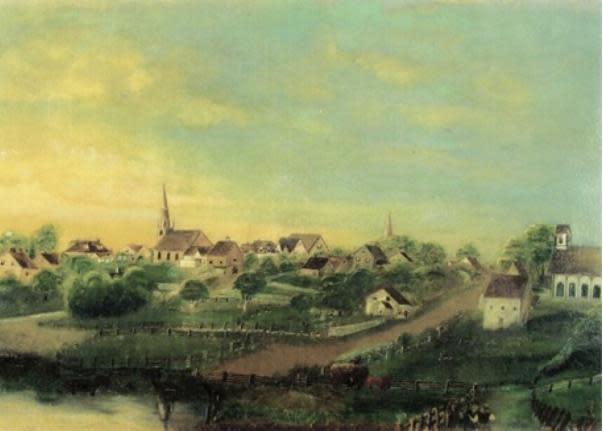
A new research project that will shed light on historic Black communities around the province has been launched by the Black Artists Network of Nova Scotia.
The project is 40 Places Called Home, named for the 40 Black communities that have existed in Nova Scotia at different times of history.
The goal is to encourage Black Nova Scotians to share their own history through personal stories, archives, art and photographs that will then be used to create detailed projects about their communities.
"All of these places were what we called home, you know, in terms of the Black community," David Woods, the network's founder and project organizer, told CBC Radio's Information Morning Halifax.
"But they weren't just home in the sense of [it's] where we returned to, but in the more segregated and racially oppressive times, they were really sanctuaries where we had to create our own worlds, our own ways of doing things."
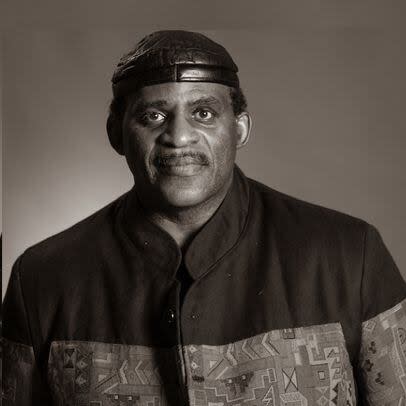
David Woods is the founder of the Black Artists Network of Nova Scotia. (David Woods)
So far, there are 15 teams participating, representing communities from Shelburne to Middleton to Africville to Sydney and Whitney Pier.
Each team is required to create a Facebook page that includes a community profile, a timeline of historical events, profiles of important community members and a folklore story, among other items like photographs and artwork.
The deadline to complete each page is June 30 and prizes of up to $2,500 will be awarded.
"We can't always depend on our museums and our cultural institutions to do that work because sometimes they drop the ball or they're not even aware," Woods said.
"So, part of it was my frustration of knowing things and watching people die and knowing that this stuff was not recorded. So, hey, let's ask the people who lived these experiences. Let's find a way to get them to actually share it in a way that everybody can be a part of it."
Woods said he'd like the project to inspire local museums to create their own exhibits about Black history in Nova Scotia.
Team Middleton is made up of five members, including Theresa Character, Josephine Morrison, Catherine Tolbart, Gwen Tolbart and Cathy Parent.
Parent said there were two separate Black communities in Middleton, one on Brooklyn Road and one on North Street. She said the research project may provide some insight into the discrimination and racism Black families faced during the 1950s and '60s.
She said Black residents weren't welcome in what was called downtown Middleton, and couldn't go to the local dentist or hairdresser because it would upset white clients.
"They didn't want us to come out of that neighbourhood. So yeah, we built us a little chapel for ourselves and there were weddings there and funerals, and we just did what we did," she told Information Morning.
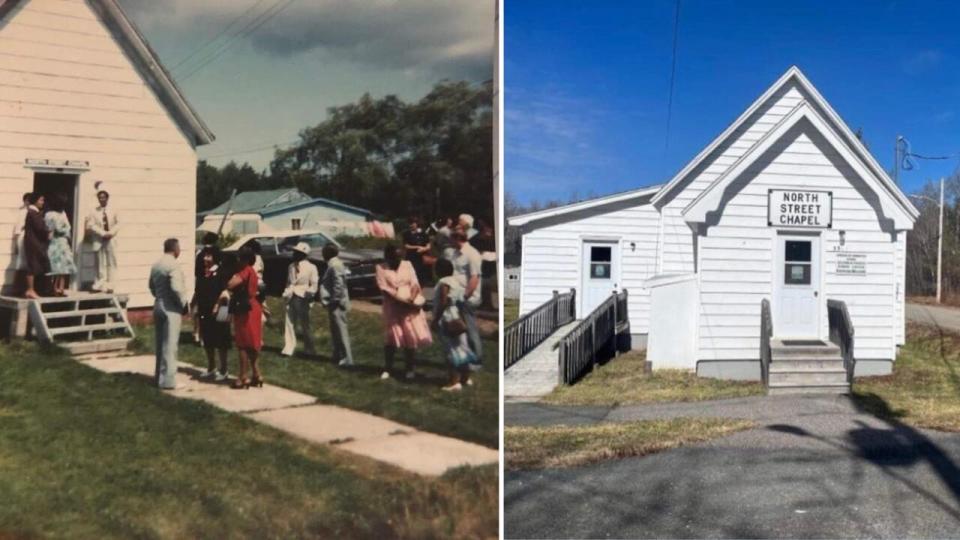
The North Street Chapel in Middleton, N.S., pictured on the left in 1960, served as a link between the Black communities in the area. (Cathy Parent)
That chapel, called North Street Chapel, will be featured in the project, she said, as it was the link for the two Black communities.
Louise Delisle and Jessika Hepburn make up Team Shelburne.
Delisle said a lot of stories that will be included in the project are anecdotal, including some from her grandmother and parents.
"The way they took care of each other, the community itself, and how they shared," Delisle told Information Morning.
"How they helped each other build their homes, how they worked in each other's gardens and helped share the food from that."
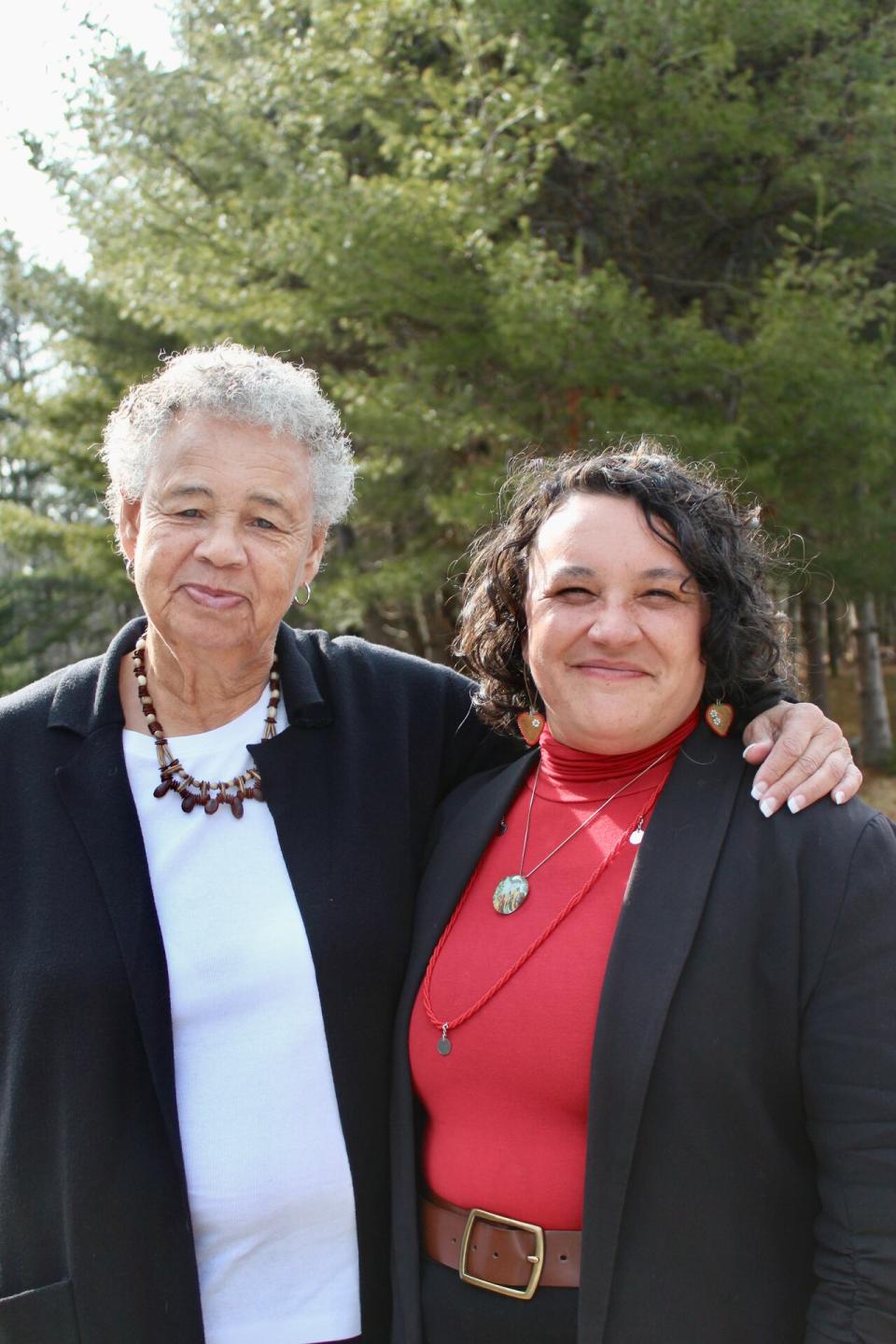
Louise Delisle, left, and Jessika Hepburn make up Team Shelburne. (Jessika Hepburn)
Hepburn said she'd like to include information about North America's first recorded race riot, which happened in Shelburne nearly 240 years ago, as it's not a well-known history.
She said an important part of the project will be a timeline and map, which will trace the community's history and important locations from 1783 to the present.
Hepburn said one painting that will be featured in the project is by George H. McCarthy in 1885, titled View of Town of Shelburne. She called it the first known painting by an African Canadian.
She said doing this research has been enlightening.
"It highlights the deep connections within the Black community to these stories and that connect us across the globe, that connect us to Sierra Leone, to New York in America and that we build a home here where we are," she said.
Delisle said although it's tough to relive history of discrimination and racism, it's important to share these stories with younger people, including Hepburn.
"I hope that she can learn from me in some way and some things, and the young people will pick it up and keep going and fighting for what's right."
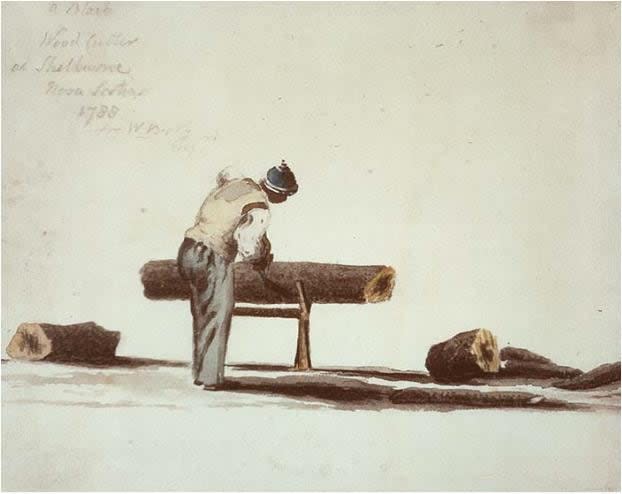
Hepburn says this depiction by Captain William Booth is considered the first image of a Black Nova Scotian, in British Canada in 1788. He was a wood cutter in Shelburne. (Wikimedia Commons)
For more stories about the experiences of Black Canadians — from anti-Black racism to success stories within the Black community — check out Being Black in Canada, a CBC project Black Canadians can be proud of. You can read more stories here.

(CBC)
MORE TOP STORIES

 Yahoo News
Yahoo News 
